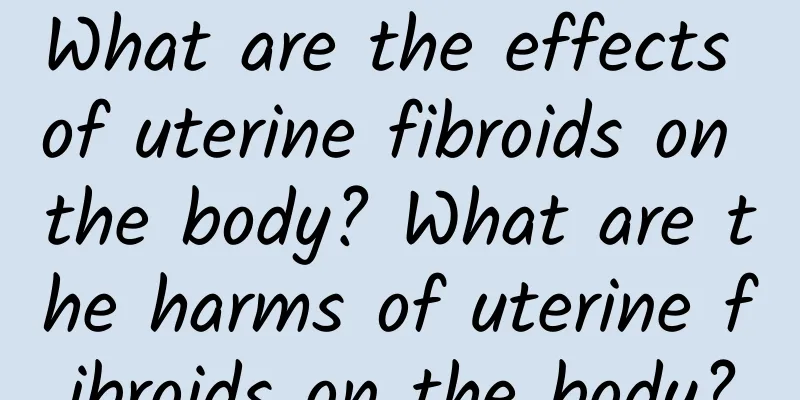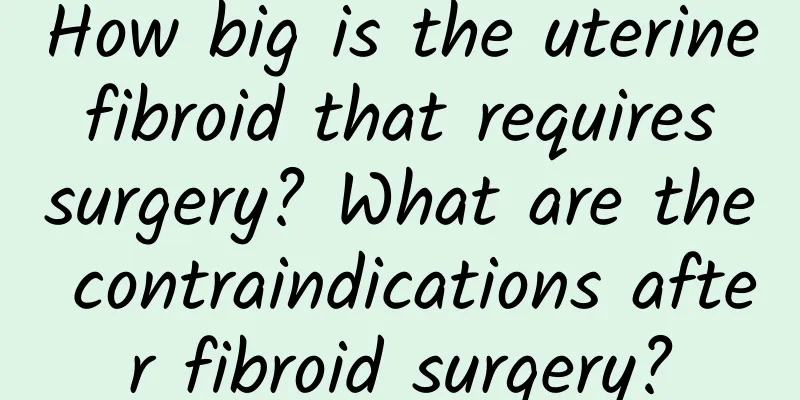Interventional therapy: a new minimally invasive treatment for uterine fibroids

|
There are some advantages to interventional treatment of uterine fibroids: 1. Small trauma, low risk, and no surgical scars: Interventional treatment only requires puncturing the femoral artery at the root of the thigh, and then using a 1.5mm catheter to perform super-selective embolization of the uterine artery, leaving only a small incision of about 1~2mm after treatment. Therefore, the trauma is extremely small, the risk is very low, and there is no scar after surgery, which is more suitable for patients with high cosmetic requirements. 2. The uterus can be preserved, so fertility may be preserved: Since the principle of interventional treatment is to embolize the uterine artery, the fibroids will rapidly necrotize and shrink, while the normal uterus will not necrotize due to its good tolerance to hypoxia, and will gradually restore blood supply and function. Therefore, for women who want to preserve their uterus and fertility, uterine fibroid embolization treatment is an ideal choice. Although in theory, due to the embolization of the uterine artery and the patient's exposure to a certain degree of radiation, there is a certain impact on fertility, but recent studies abroad generally believe that the impact is not significant. 3. Better treatment effect for multiple myomas: Some patients may have several or even dozens of myomas. If the uterus is not removed, the possibility of surgical cure is very small. Interventional treatment is different. No matter how many myomas there are, as long as the catheter is in place and the embolic agent is in place, it is effective for all myomas. Therefore, interventional treatment has greater advantages for multiple tumors. 4. Less pain: The pain after early interventional treatment of uterine fibroids is more obvious. This is mainly because the early catheter superselection technology was poor, and the embolic agent was mostly iodized oil + bleomycin, which is more irritating. The use of uterine artery catheters and microcatheters developed now makes uterine artery superselection simpler and more effective. The embolic agent has also been changed to a less irritating embolic agent, and analgesics are routinely taken before and after the operation, so there are few patients with obvious pain. The pain is much less than surgical treatment, and also less than other minimally invasive treatment methods such as laser, microwave, and radio frequency. |
<<: Uterine fibroids may usher in an era of non-invasive treatment
>>: Fish that are suitable for patients with ovarian cysts
Recommend
I got adnexitis when I was pregnant.
During pregnancy, adnexitis may be related to dec...
How can you drink milk to supplement calcium correctly? Are there any taboos in drinking milk? Nutritionists teach you not to drink the wrong
Milk is rich in calcium, as well as high-quality ...
How to prevent chocolate cysts
Chocolate cysts are relatively common in clinical...
What medicine to take for multiple uterine fibroids? What medicine to take for multiple uterine fibroids?
What medicine should be taken to treat multiple u...
What are the symptoms of ovarian cysts?
What are the symptoms of ovarian cysts? The early...
Why does cervical erosion recur?
If women suffer from chronic cervicitis and do no...
The symptoms of late ectopic pregnancy are as follows
Ectopic pregnancy is a common female disease. In ...
A brief analysis of which female friends are prone to adnexitis
I believe that many female friends are familiar w...
How to take care of diarrhea after abortion? There are 3 key points in diet conditioning for diarrhea after abortion.
Abortion is actually a relatively common gynecolo...
Will cervical adhesions cause infertility?
Endocervical adhesions may lead to infertility, a...
Mouth sores not only cause a lack of B vitamins, but also cause a large leakage of these 3 nutrients! Nutritionist: Avoid eating 5 types of foods that irritate mucous membranes
Everyone has experienced the pain of a sore mouth...
What are the four major causes of ovarian cysts?
Ovarian tumors are common tumors of the female re...
Traditional Chinese medicine treatment for pelvic inflammatory disease
Pelvic inflammatory disease is a common gynecolog...
What should I do if I have multiple uterine fibroids?
Multiple uterine fibroids are the most common ben...
What is open abdominal myomectomy? What are the advantages and disadvantages of open abdominal myomectomy?
Open abdominal myomectomy is a good surgical meth...









